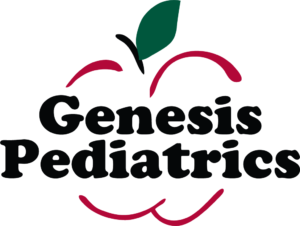Healthwise
Our Health Library information does not replace the advice of a doctor. Please be advised that this information is made available to assist our patients to learn more about their health. Our providers may not see and/or treat all topics found herein.
Oligoarticular juvenile idiopathic arthritis (oligoarthritis)
Oligoarticular juvenile idiopathic arthritis (JIA), also known as oligoarthritis, is the most common and often the mildest type of JIA. Oligoarticular JIA most commonly affects the knees, ankles, fingers, toes, wrists, elbows, and hips.
Oligoarticular JIA affects 4 or fewer joints during the first 6 months of the disease. Symptoms tend to be limited to joint swelling and pain. But it can also include uneven bone growth. This can lead to one leg being longer than the other. As it progresses, this type of JIA can develop into:
- Persistent oligoarthritis, maintaining a mild level of disease, with 4 or fewer joints affected.
- Extended oligoarthritis, affecting 5 or more joints after the first 6 months of disease, with a course much like polyarticular JIA.
Whole-body (systemic) symptoms (such as weakness, fatigue, and fever) are not common.
Children with oligoarticular JIA have a high risk for inflammatory eye disease. This can lead to blindness. Eye damage can occur without causing symptoms. So frequent eye exams are needed.
In the past, oligoarticular JIA was known as pauciarticular JIA.
Current as of: September 25, 2025
Author: Ignite Healthwise, LLC Staff
Clinical Review Board
All Ignite Healthwise, LLC education is reviewed by a team that includes physicians, nurses, advanced practitioners, registered dieticians, and other healthcare professionals.
This information does not replace the advice of a doctor. Ignite Healthwise, LLC disclaims any warranty or liability for your use of this information. Your use of this information means that you agree to the Terms of Use and Privacy Policy. Learn how we develop our content.
To learn more about Ignite Healthwise, LLC, visit webmdignite.com.
© 2024-2025 Ignite Healthwise, LLC.


